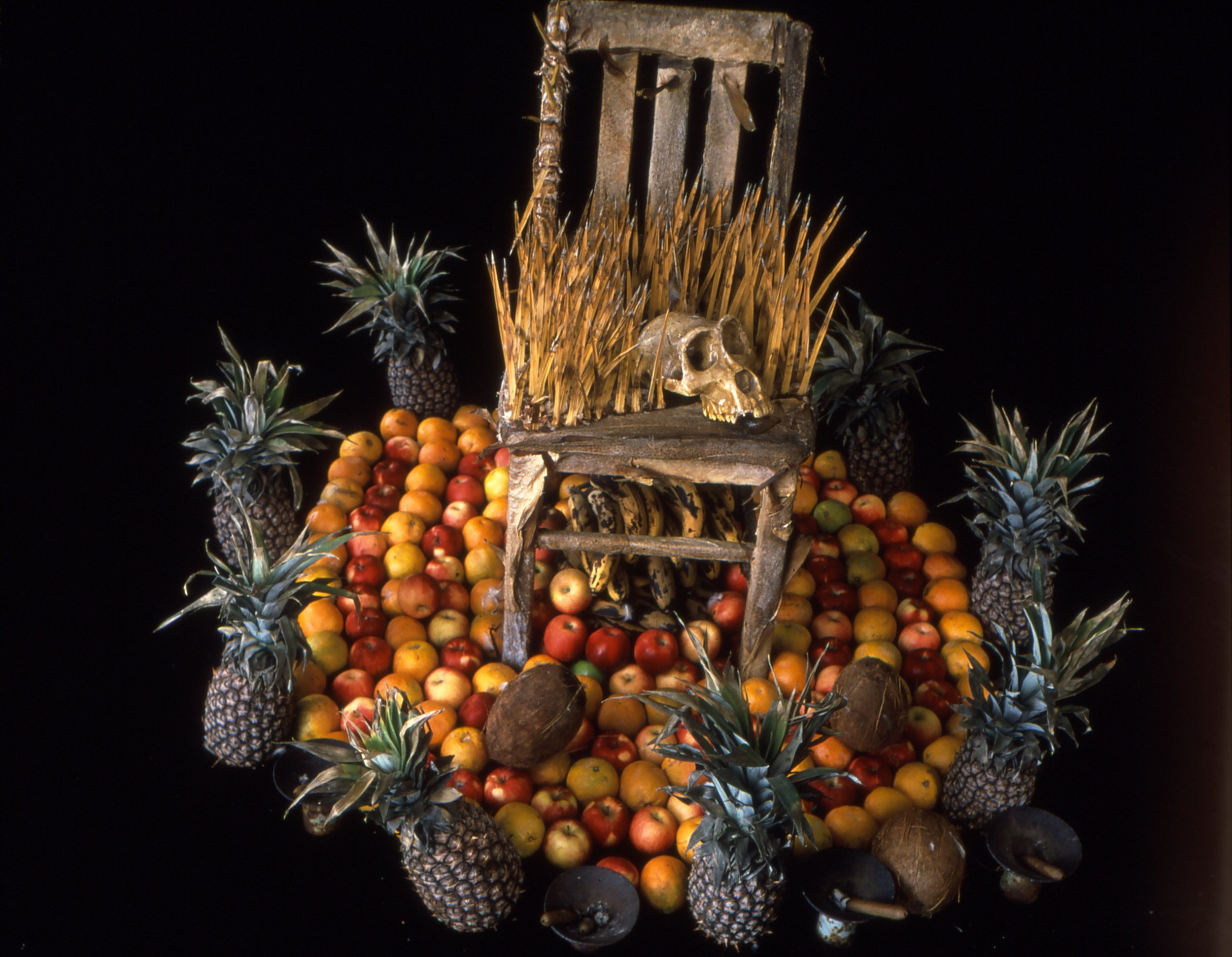
Throne For The Gorilla Spirits, 1993
The Thrones for the Ancestors
Whilstl living in Brooklyn, New York in 1987, I picked up a discarded chair from the streets of my neighborhood in Williamsburg. I took it home and set to work covering the exposed wood of this wicker chair with the dried and preserved skin of salted codfish. Why the skin of salted Cod you may ask? Salted Cod is an essential ingredient in the national dish of my home country Jamaica. This is because Canada was a colony of England during slavery and it was imported as a protein source for slave rations. The chair was then used in the creation of the photograph titled Throne for the Ancestors. At the time of the making of this work I did not have a significant reason for its creation. At the time I was very interested in the idea of Art Brut or the notion of art being a deeply primitive aesthetic trait that is but the vessel or medium for the transmission of culturally abstract notions, ideas and concepts of human expression that can not be presented in any other means but the visual.
I was interested in the notion of the Intuitive Artist, one who could locate, focus and transmit the obscure messages and images, sounds and dance that were the cultural signifiers that were embedded and confused within the bodies and consciousness of the survivors of slavery, poverty, servitude in effect the Post Colonial condition. I was searching for a model of the modern artist as a contemporary manifestation of the shaman. I was also in quest for the very elusive thesis of African and Asian retentions in the genetic descendants of those cultures that are usually most clearly expressed in the arts.
The Thrones were created based on this premise in which I would try to create work that was not conceived along the usual Eurocentric norms of representation. Instead the goal was to try to reconnect with an ancient collective consciousness. The series gets its name from the title of the above mentioned work from 1987. Thrones are transcendent chairs that were the primary visual symbol of the power of Rule or Royalty, only the crown is the other most recognizable symbol. I have over the years developed a cursory interest in chairs/thrones and have endeavored to embellish and transform found chairs into thrones that were named based on the entities that they represented. The Thrones functioned not unlike shrines or altars to spirits or deities and served as the seat of mystical power in invoking the presences of the Ancestors.
Throne for the Justice 1991 is based on my father and is graced with his image on the seat. While Throne for Mr. Baker is about my paternal grandfather and he is represented with a clay head while still others are dedicated to the Orishas or saints or spirit forces of Santeria.
Albert Chong, May 30, 2019,

Copper Throne with Feathered Clay Figure, 1991
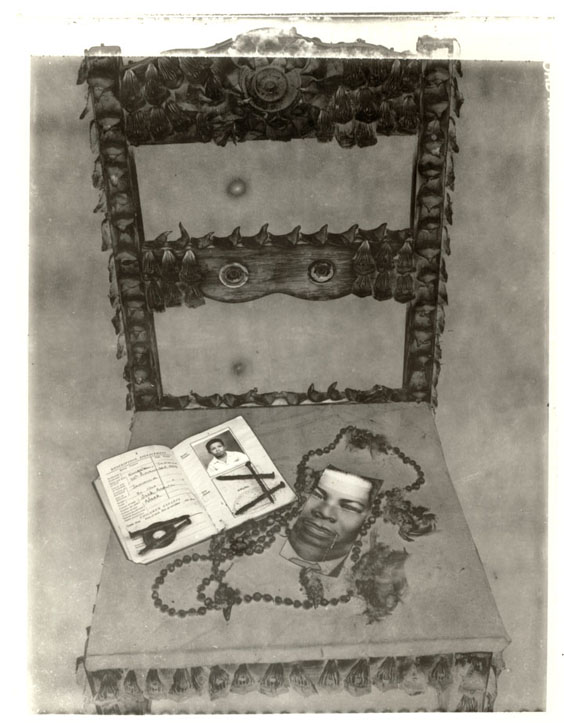
The Two Generations, 1991
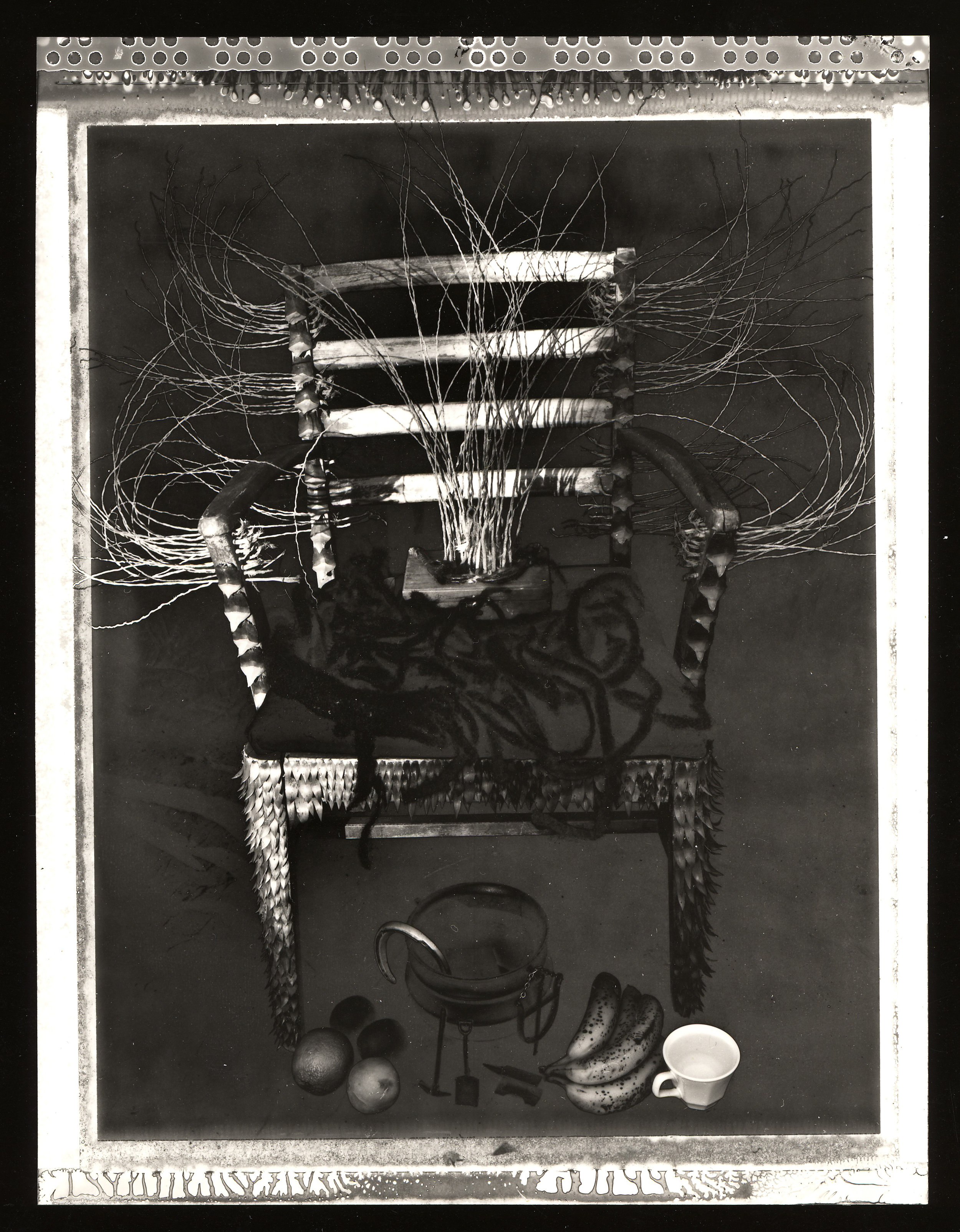
Throne For Ogun with Spirit Box, 1991
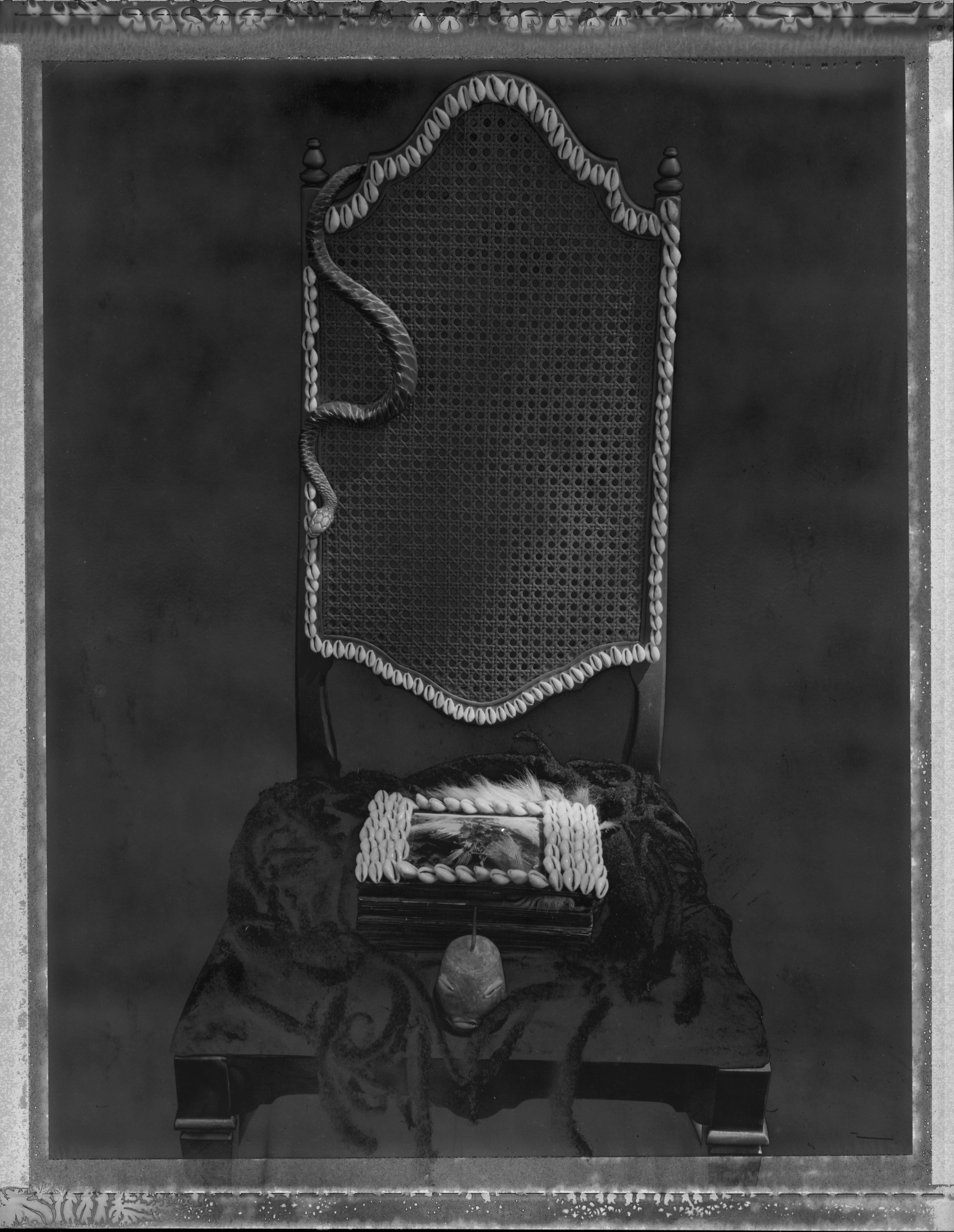
Throne For Ellegua, Naming Book & Dreadlock, 1990
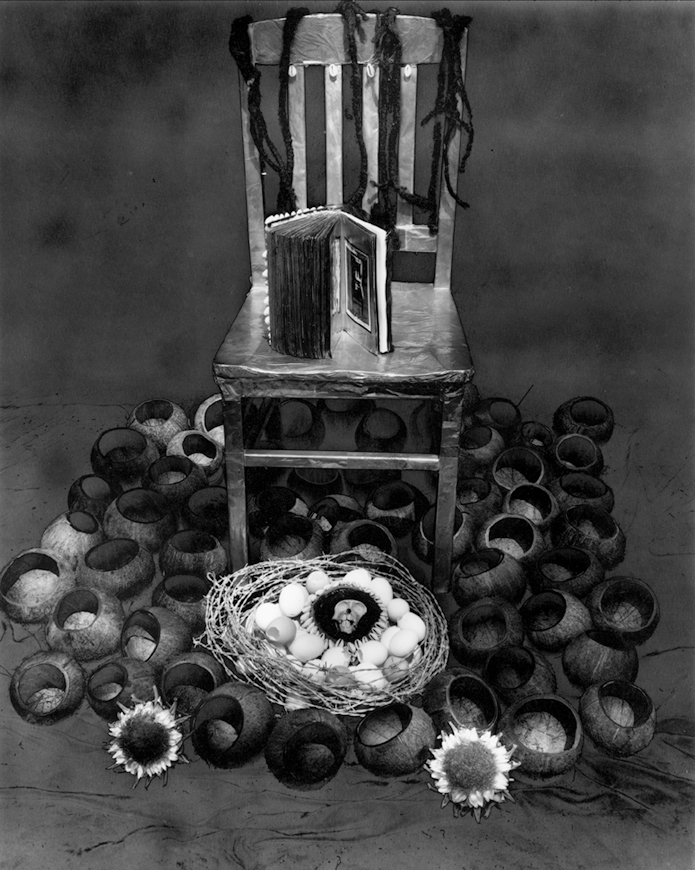
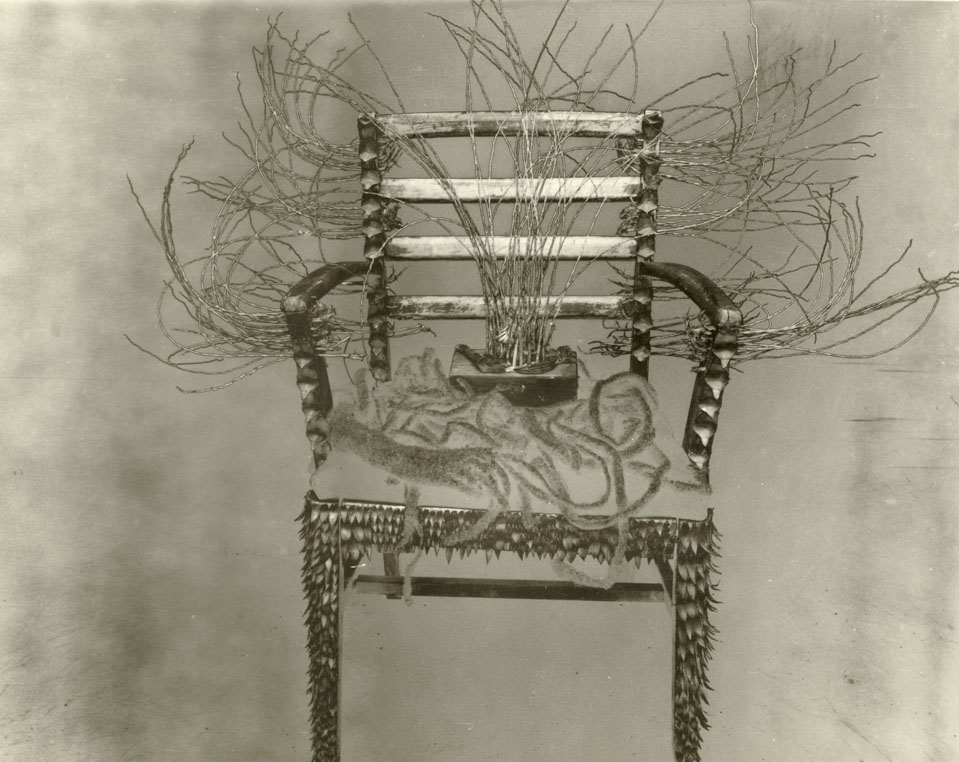
Throne with Spirit Box & Dreadlocks 1990
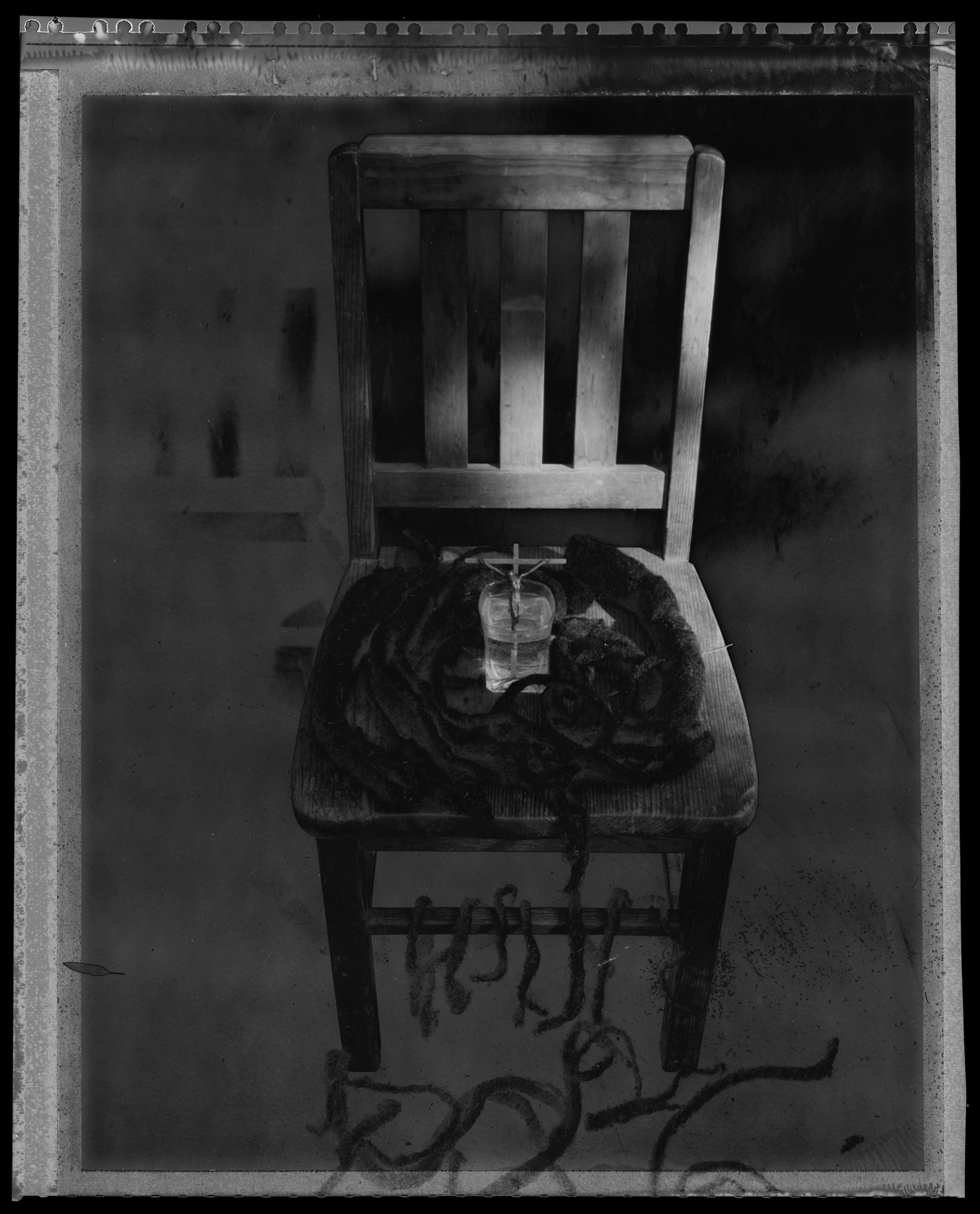
Untitled Throne With Crucifix, Water, & Shorn Dreadlocks, 1990

Blessing The Throne, 1993
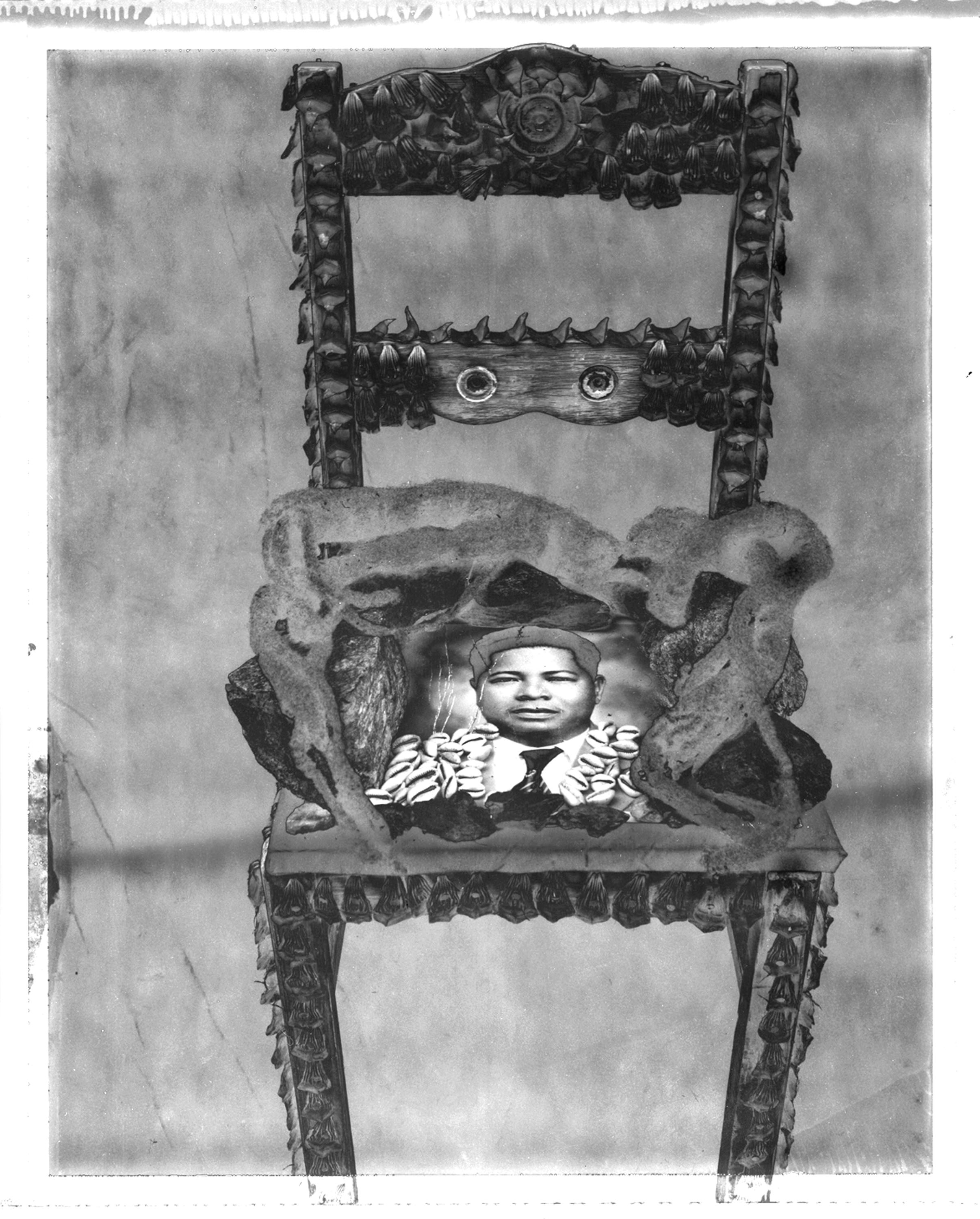
Throne For The Justice , 1991
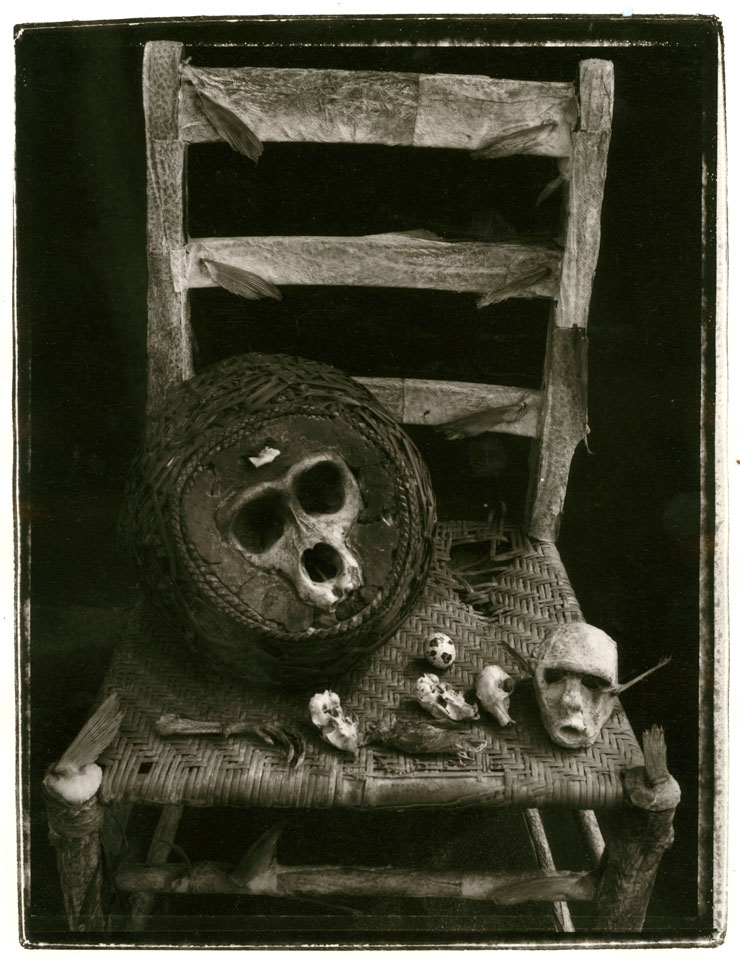
Throne For The Ancestors, 1987
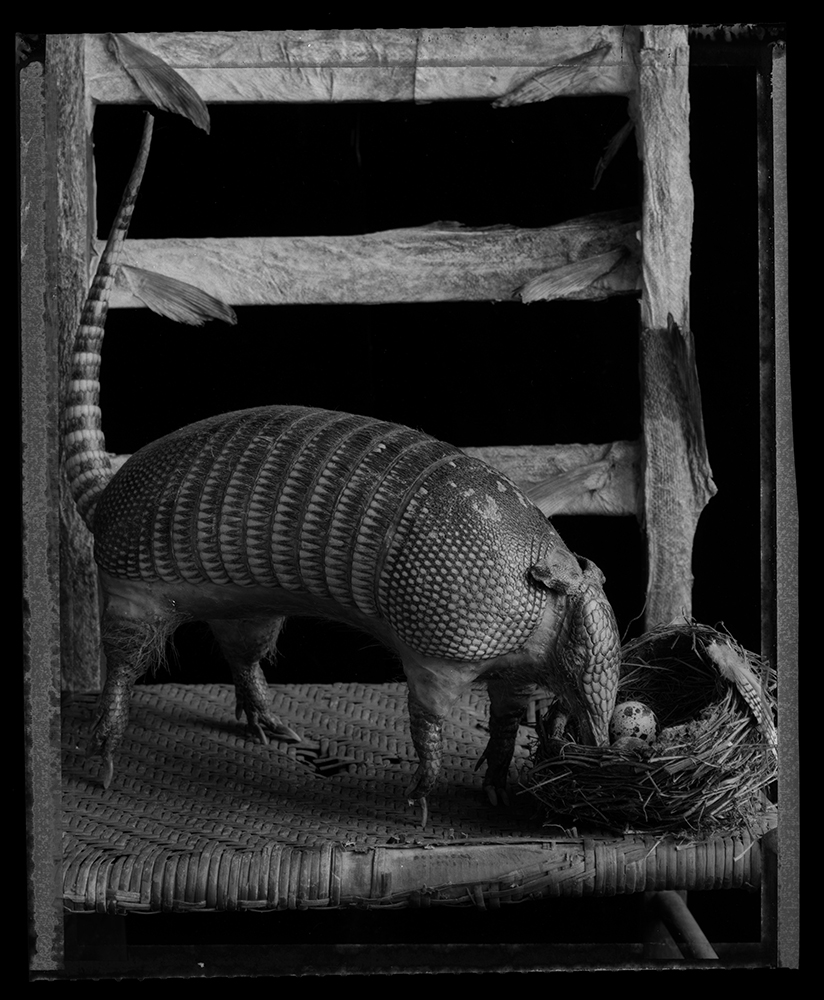
Stealing Eggs, 1987
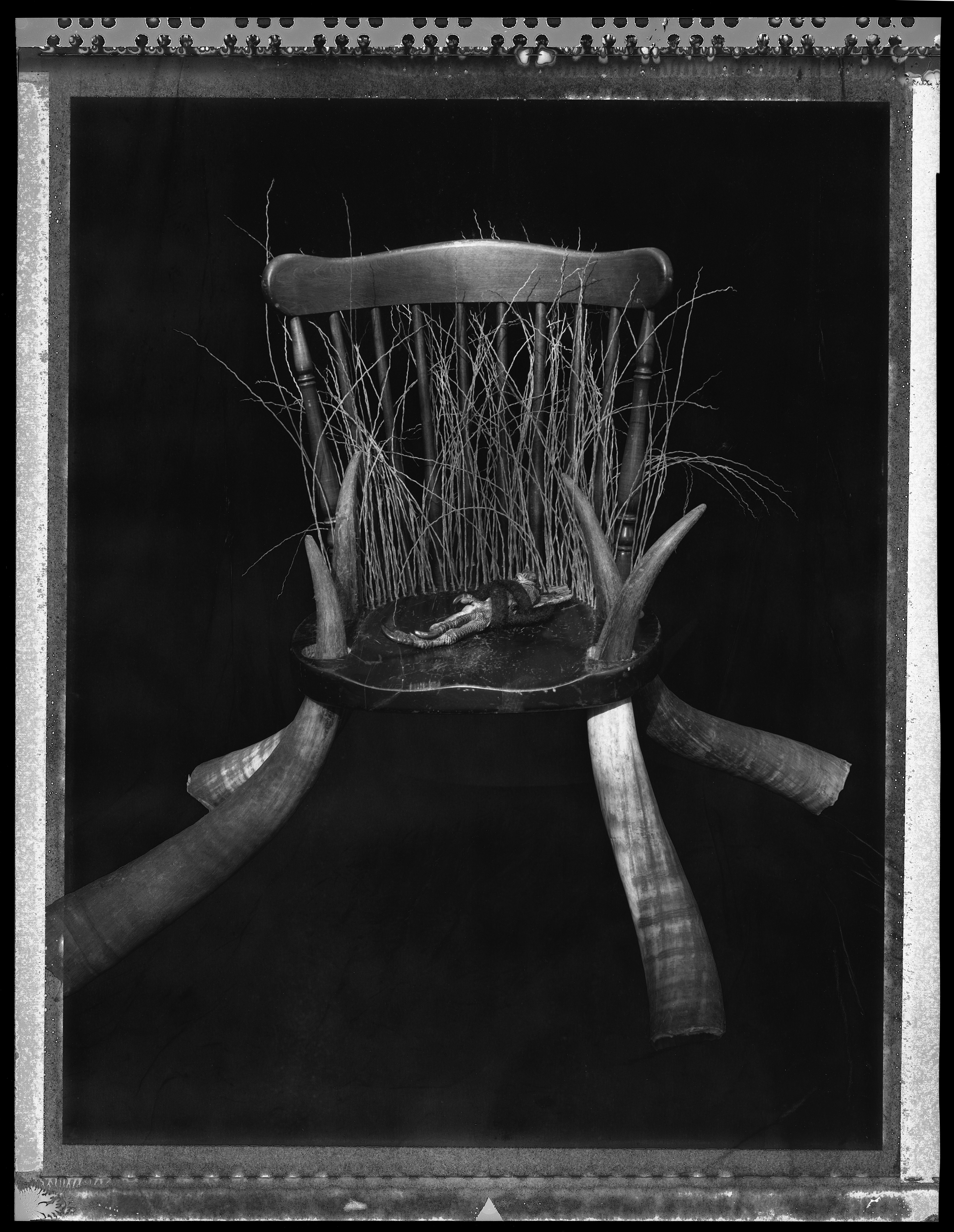
Throne For Grandfather Baker, 1990
Variant with Condor Claw Talisman,
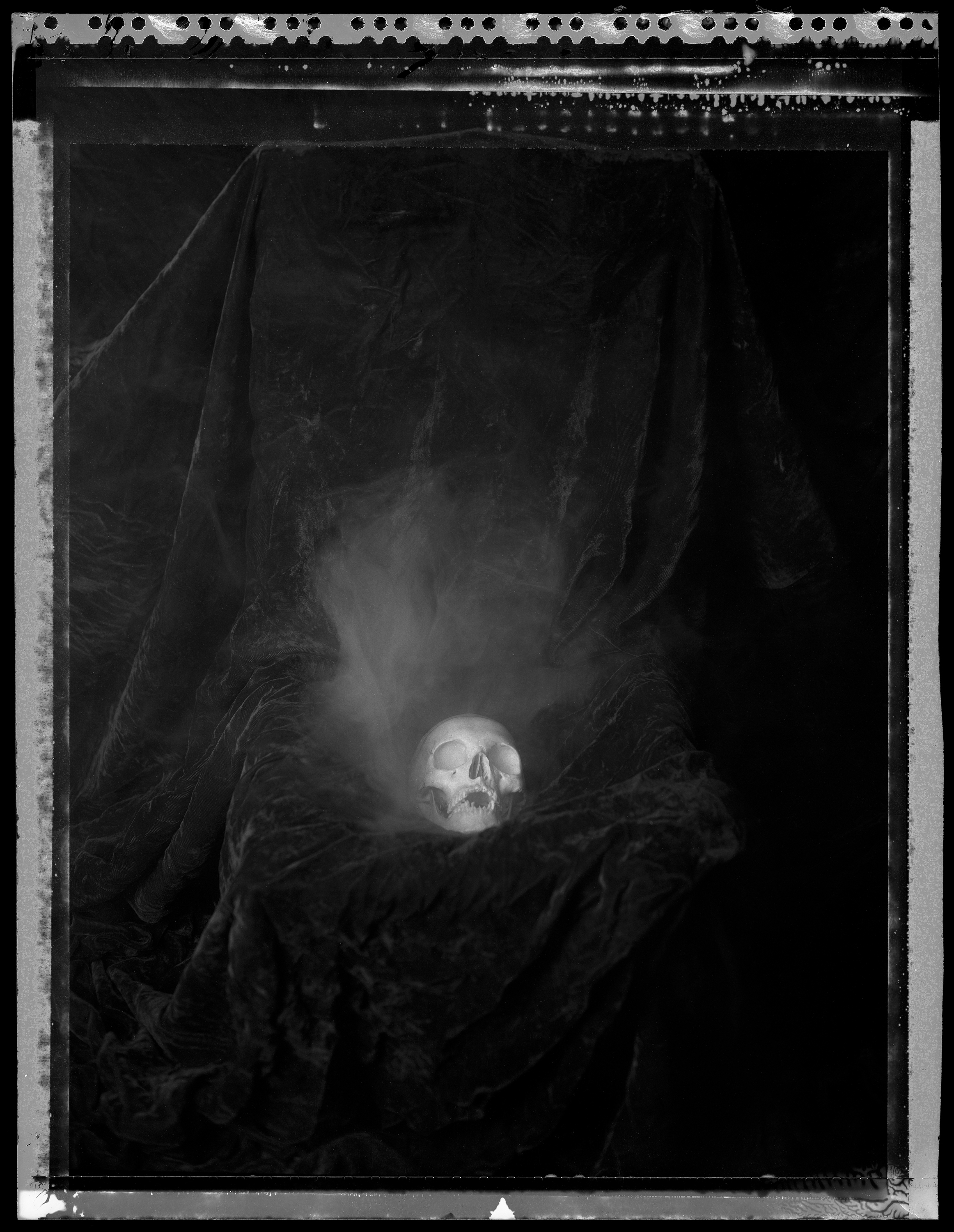
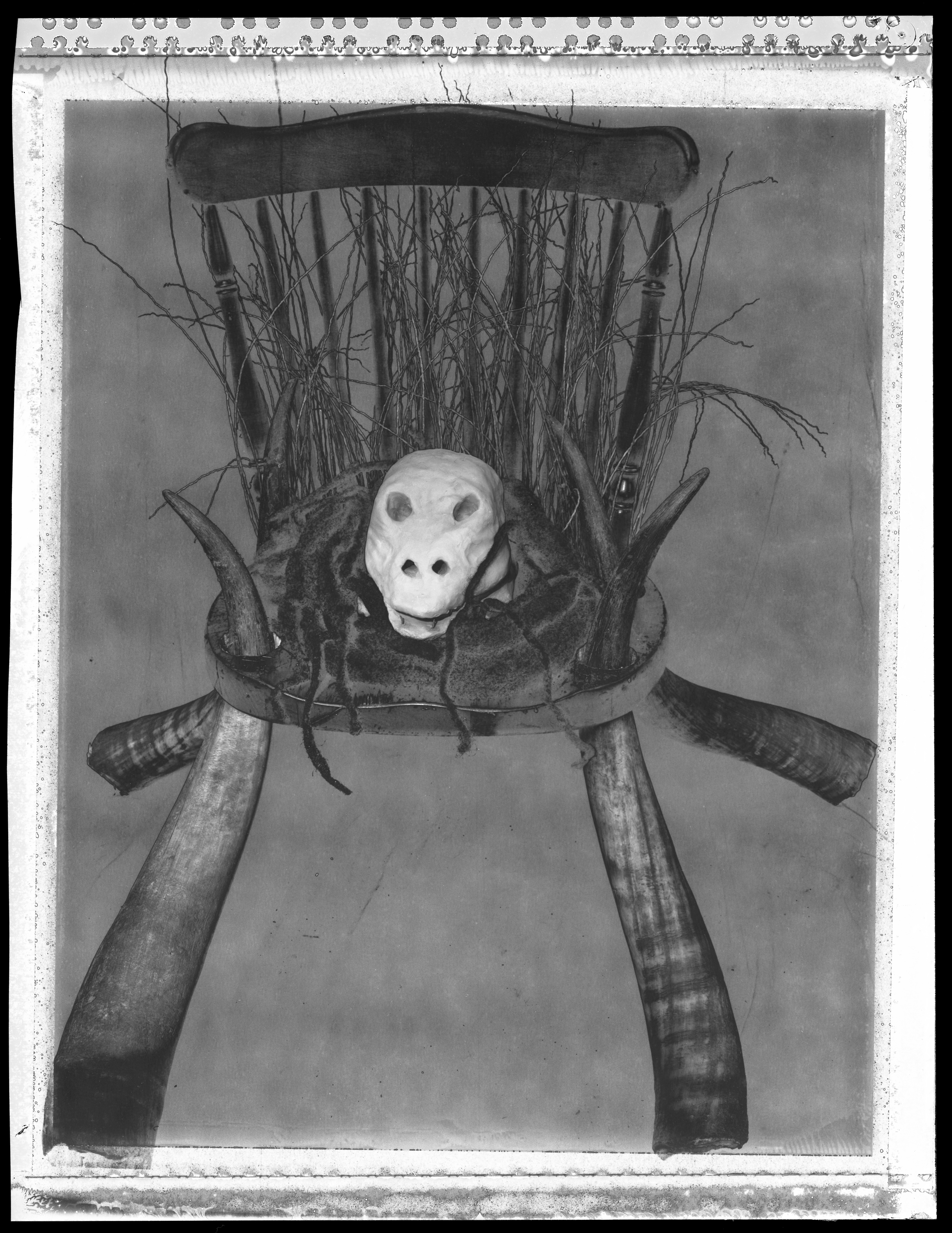
Throne For Mr. Baker, 1990
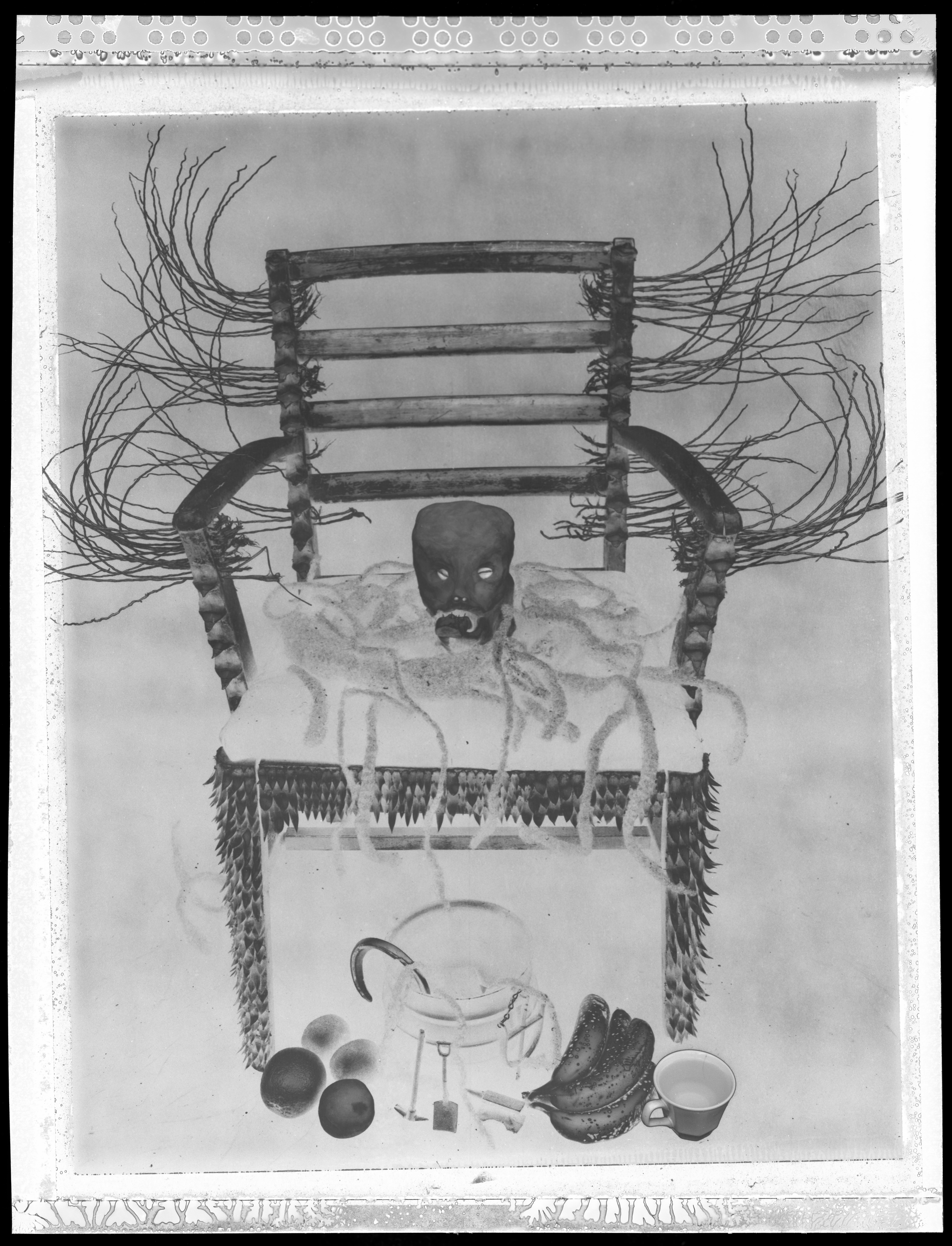
Throne for Ogun, 1990
Throne for Ogun, 1990

Ishence (Icience) 1982
Velvet draped Throne with Ganja Smoke
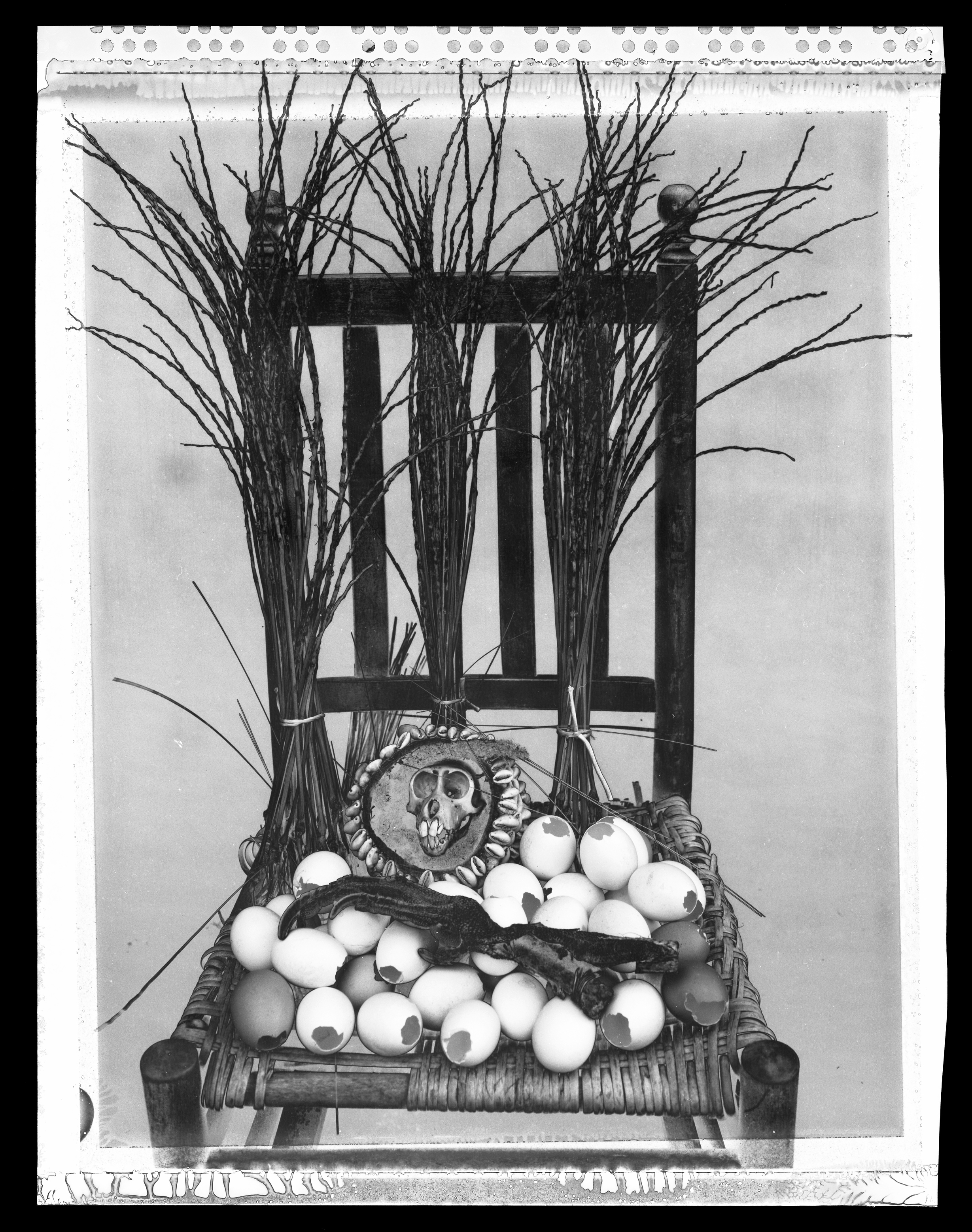

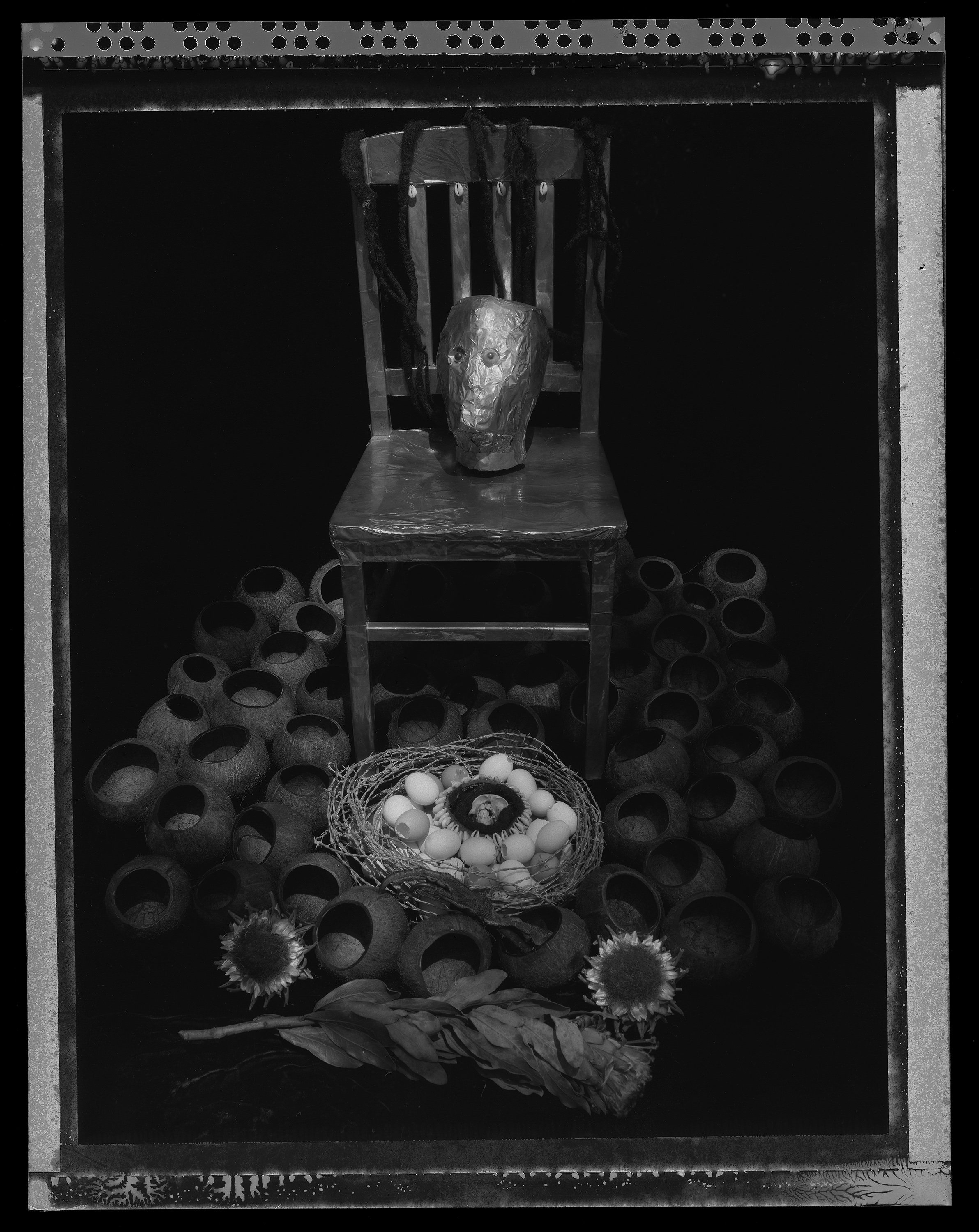
Copper Throne with Copper Head, 1991



















